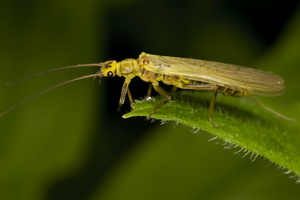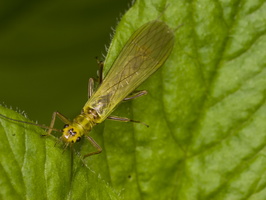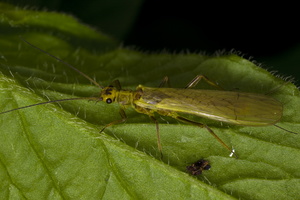- sort orderDefault
Photo title, A → Z
Photo title, Z → A
Date created, new → old
Date created, old → new
✔ Date posted, new → old
Date posted, old → new
Visits, high → low
Random - Google Map
- map
 home / Insecta · vabzdžiai / Plecoptera · ankstyvės / Perlodidae · plėšriosios ankstyvės
home / Insecta · vabzdžiai / Plecoptera · ankstyvės / Perlodidae · plėšriosios ankstyvės

-
 Isoperla grammatica · gelsvoji ankstyvė
Isoperla grammatica · gelsvoji ankstyvė
-
 Isoperla grammatica · gelsvoji ankstyvė
Isoperla grammatica · gelsvoji ankstyvė
-
 Isoperla grammatica · gelsvoji ankstyvė
Isoperla grammatica · gelsvoji ankstyvė
- perlodid stoneflies, stripetails, springflies
- plėšriosios ankstyvės
- widłogonowate
- rovbäcksländor
The majority of perlodid stoneflies are univoltine - one generation occurs per year. Usually, adults emerge from April to June. Many species have an egg diapause during the warmer months; this allows them to inhabit otherwise unfriendly environments like temporary seeps or streams. Larvae have flattened bodies, often with patterns on their heads and thoraces, long tails, and divergent hind wing pads. Unlike the similar common stoneflies, perlodid larvae do not have branching gills on their thoraces.
The Perlodidae habitats generally are flowing streams or pools that contain sediments, vascular plants, and detritus. They are most often found in cool, clear streams with rocky bottoms. They are found under rocks and in coarse particulate organic matter where many prey are to be found. The larvae are generally considered to be clingers as can be seen by their wide stance for gripping substrates.
The perlodid larvae are mostly predators that engulf their prey, although a few species are scrapers and collector-gatherers. They will eat a variety of small invertebrates, but they are also known to eat plant matter, especially when young.